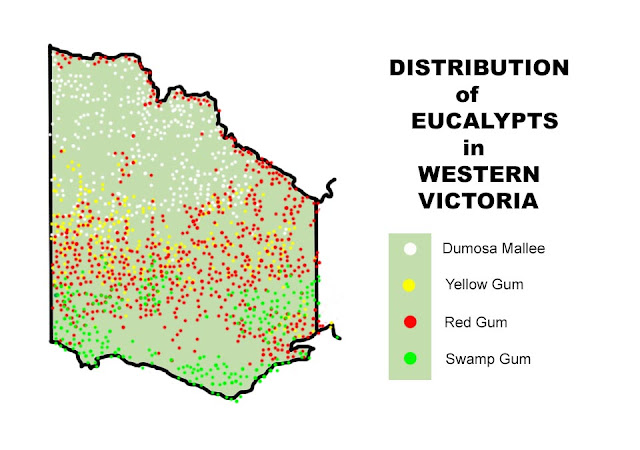Vanishing Coastlines

An easy way to understand 'natural' climate change is to imagine an Ice Age coming every 100,000 years or so. Climate change normally occurs in reasonably regular cycles. This has been the pattern over the last 7-800,000 years. The scientific for Ice Age is Glacial. This name refers to major cold episodes in the Earth's history, when continental ice sheets form, glaciers advance, and sea levels fall. The periods between Ice Ages are called Interglacials. These are times when polar ice caps shrink and glaciers retreat. Their released melt-water then raises sea levels again. We currently reside in one of these warmer phases. The last complete glacial cycle took place between 130,000 and 20,000 years ago. The particular details of this approximately 110,000 year long event have been 'mapped' according to Marine Isotopic Stages (MIS). This involves comparing oxygen isotope ratios preserved in the carbonate shells of long dead marine organisms. Geologists argue that di...

